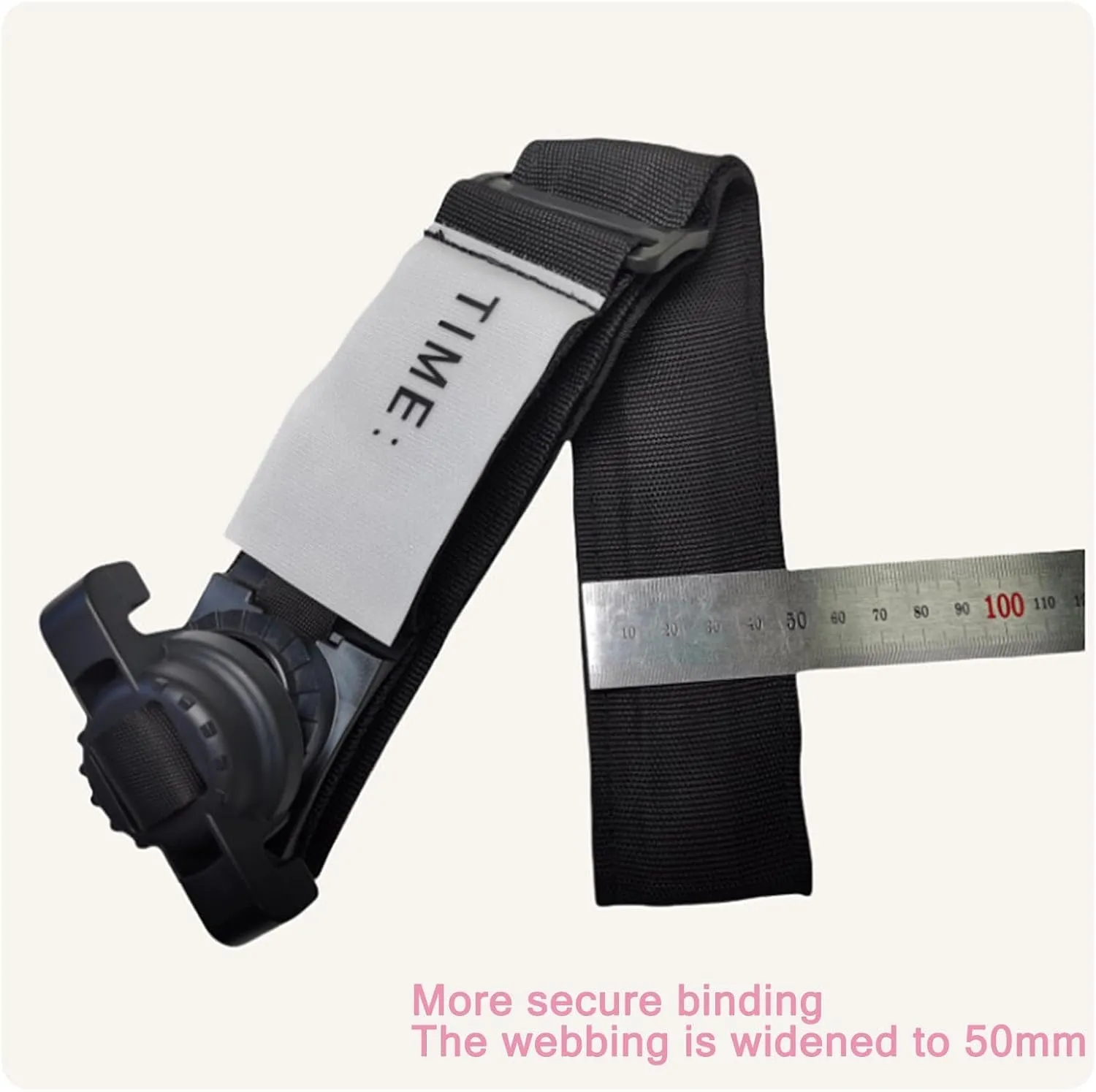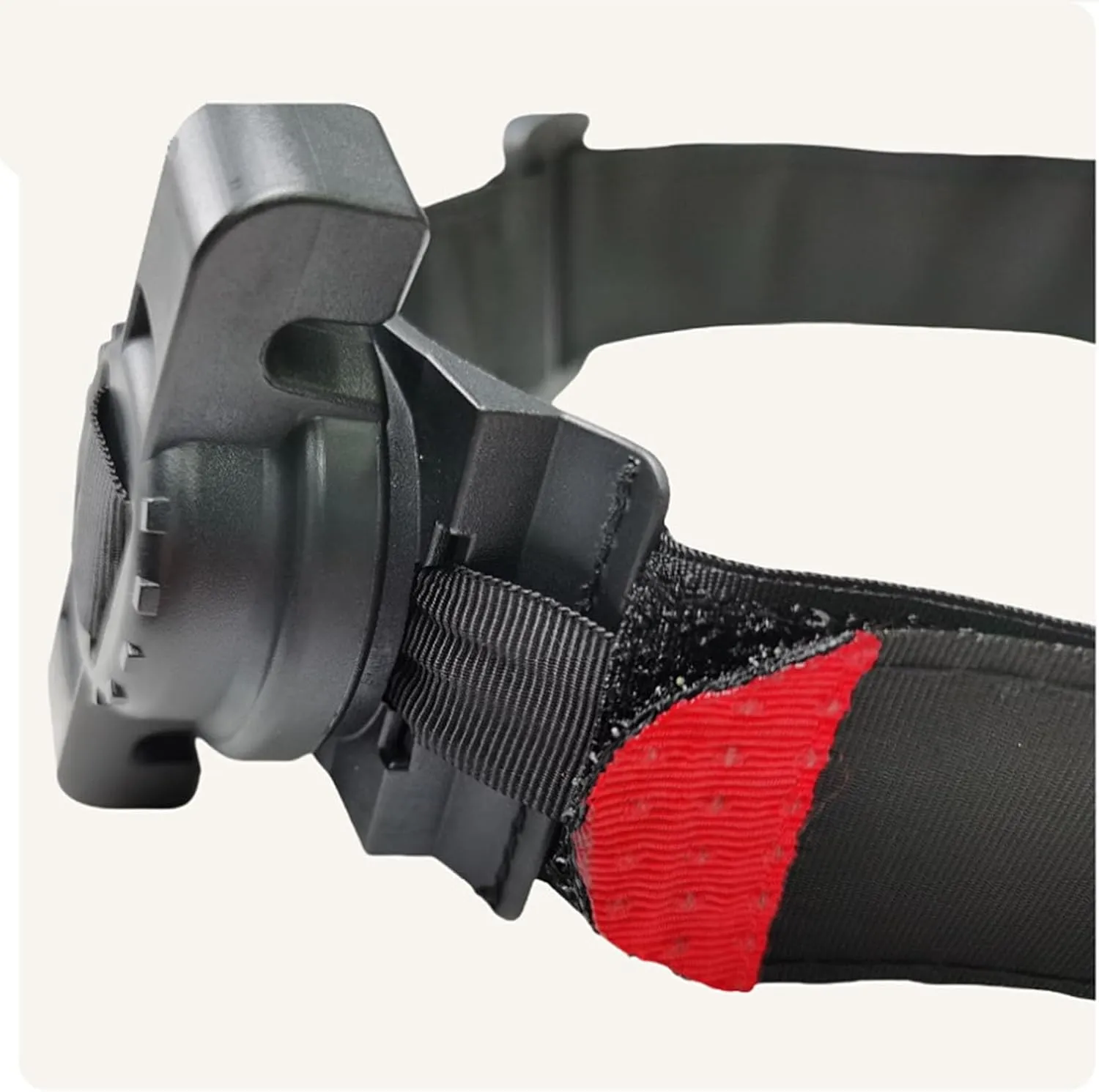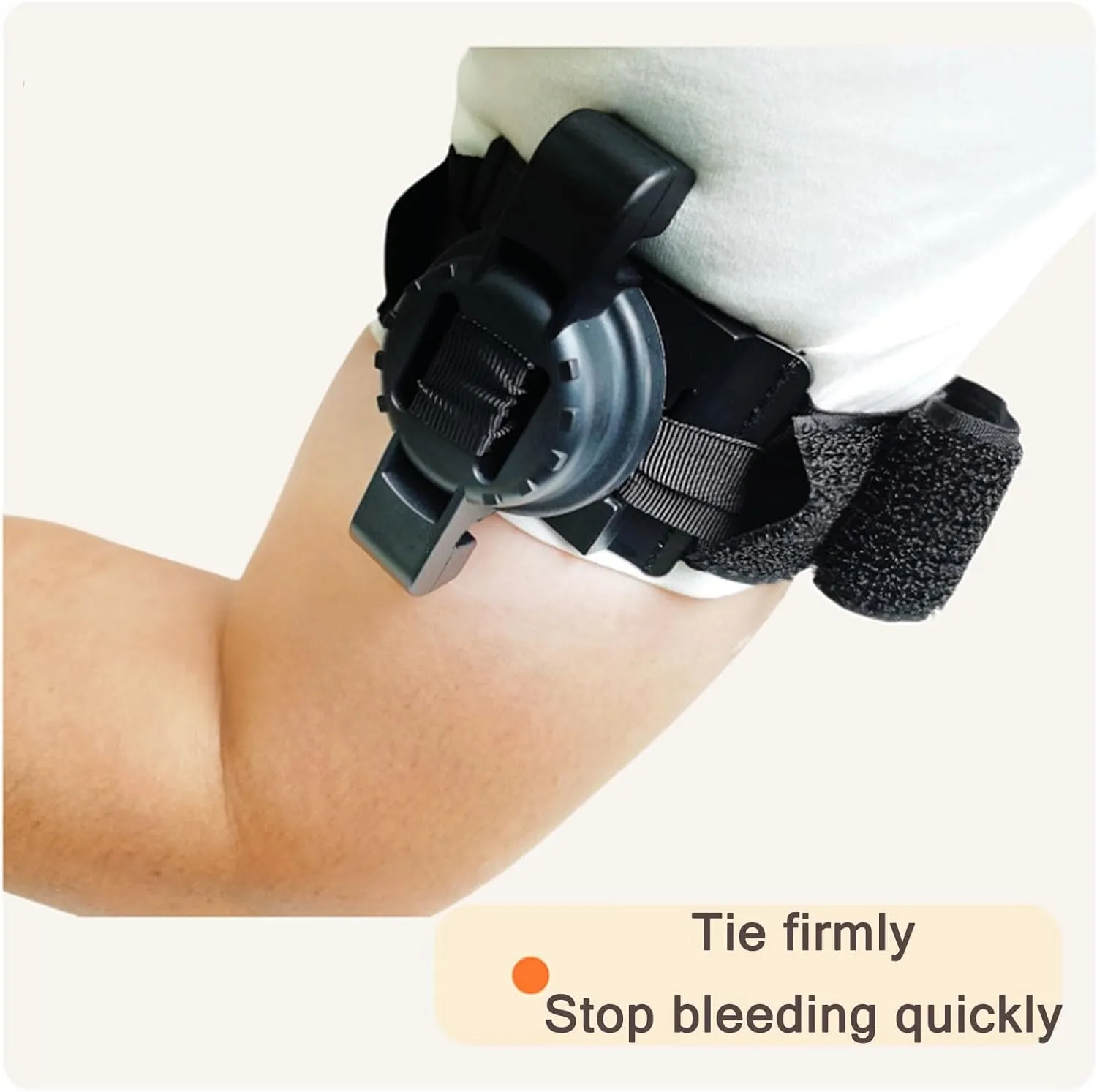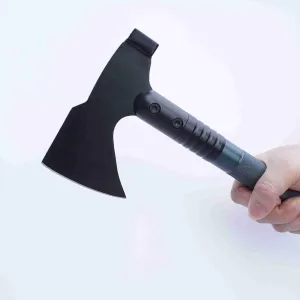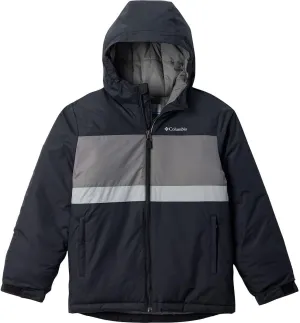- 【Premium Quality & Unmatched DurabilityCrafted from high-strength nylon and reinforced plastic, this tourniquet resists deformation even under extreme tension. The heavy-duty Velcro ensures a secure, slip-proof grip, while its rugged design allows for repeated cleaning and reuse. Perfect for military training or emergencies, it delivers professional-grade reliability at an unbeatable value.
- 【Emergency-Ready – Simple Enough for Anyone to Use】Designed for both professionals and beginners, this tourniquet features intuitive one-handed operation—critical when seconds count. Quickly stop life-threatening bleeding, even if you’re alone. No training required, just fast, effective action when it matters most.
- 【Effortless One-Handed Operation】Engineered for real-world emergencies, its smart mechanism lets anyone apply it single-handedly. Whether you’re injured or assisting others, gain instant control over severe bleeding with minimal effort.
- 【Ultra-Light & Compact Take It Anywhere】Weighing barely anything and folding to pocket-size, this tourniquet fits anywhere: your car, backpack, first aid kit, or gear bag. Always have life-saving protection within reach, no matter where adventure (or danger) takes you.
- 【Must-Have for Survival & SafetyFrom military ops to hiking, hunting, or roadside emergencies, this tourniquet is 100% effective at blocking arterial bleeding. A non-negotiable for first aid kits, disaster prep, or outdoor gear—its versatility, durability, and lifesaving power make it essential for every home and adventure.
Tourniquet, special combat, outdoor gear, key moments, key roles
Spinning tourniquet is a tool that the injured person can operate by himself. The force is controlled by himself through the continuous tightening of the bandage until the blood flow stops, and the tourniquet is buckled in a fixed part. Complete the operation process.
Instructions
1. Put the tourniquet on the injured limb
2. Place the tourniquet 2-3 inches above the wound
3. Pull in the self-adhesive tape and pull it in reverse.
4. Turn the knob until the bleeding stops and record the time
5. Mark "T" on the casualty's forehead to remind medical staff that a tourniquet has been applied to the casualty
Precautions:
1. If the bleeding site is not clear, or the action is at night, or there are multiple injuries, the principle of using a tourniquet is "high and tight", that is, use a tourniquet at the proximal end;
2. If the first tourniquet fails, quickly use the second tourniquet at the proximal end (above), but make sure the torsion bars do not interfere with each other;
3. Do not pass the tourniquet through the knee joint or elbow (it is easy to cause the tourniquet to have poor hemostatic effect);
4. Using a tourniquet can cause some pain, but it can save lives.
5. Monitor the casualty closely to ensure that the tourniquet is tight enough and bleeding is controlled.
6. Remember to assess, assess, reassess after using any tourniquet.
7. The tourniquet needs to be loosened for 10-15 minutes every 45 minutes, otherwise it is easy to cause nerve and muscle necrosis. When using multiple tourniquets at the same time, do not loosen them together, they need to be separated.

